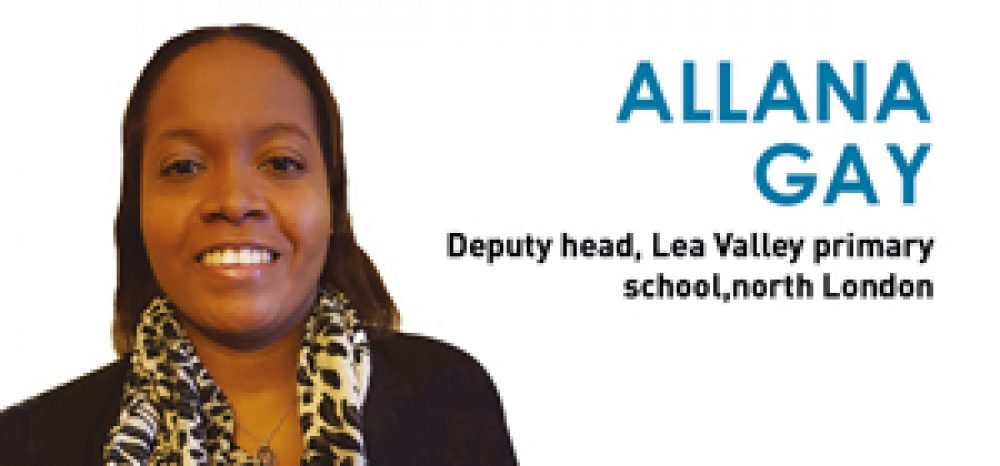If primary and secondary leaders better understood each other’s phases, children would be better prepared for the move from key stage 2 to 3, says Allana Gay.
School leaders suffer from fear of missing out. They aim to keep up with all of the latest trends for teaching styles, data manipulation, Ofsted and sources of funding. In doing so, schools often miss the basic investment that can improve their outcomes by a significant margin: true partnership with feeder schools.
In September 2015, Ofsted released a report on the wasted years of key stage 3.
It said that “gains made by pupils at primary school were not embedded and developed at key stage 3”. Lack of challenge, low-level disruption and lack of priority by schools were all given as contributing factors.
Since then secondary schools have gone on to treat these symptoms. Lesson observations focus on the level of challenge embedded into daily lessons, stricter rules are enforced to eliminate low-level disruption and key stage 3 leaders are added to staffing structures to monitor teaching quality. These are all quick wins and easily initiated as they depend only on the desire for change — and most would think them sufficient to change the impact of key stage 3 on achievement. I tend to disagree.
The skills of a senior primary leader are considered of less value
Within the Ofsted report there is one key statement that should be central to ensuring achievement: “many secondary schools did not work effectively with partner primary schools”. This looks at the foundation of education provision and explains why, despite the many cracks now plastered
over, a drop in achievement during key stage 2 to 3 transition is still a norm. A plethora of excuses can be drawn.
First, the current structure of education makes schools into self-contained units. Even within multi-academy trusts (MATs), interaction between primary and secondary educators is limited. There is no view of all-through flow of education because the structure places responsibility within each school phase to a finite end: 3 to 11 or 11 to 18. This is not child-focused.
Second, the statement seems to attribute blame to the secondary sector, suggesting, incorrectly, that primary schools are not equally responsible. If the primary phase sought ongoing experience within the secondary phase then it would be able to better prepare each child for the challenges ahead. They could help to adjust the curriculum to suit all learners and to bring creative and active approaches into the secondary sector. The stigma of the “Jack of all trades” belittles the academic capacity of primary practitioners.
The experience of school leaders is also an area of potential. Leadership skills are commutable. Yet currently, there is little scope for the exchange of school leaders between primary and secondary.
A dichotomy in education leadership seemingly diminishes the worth of one sector against the other
A dichotomy in education leadership seemingly diminishes the worth of one sector against the other, with the skills of a primary senior leader considered of less value than his or her secondary counterpart.The pay scale starts lower and builds more slowly. They are less likely to be given opportunities to transfer their skills into leading a secondary school and even less so into running MATs that include secondaries. Conversely, growing numbers of secondary practitioners are moving into the primary phase.
These actions subliminally devalue the contribution of primary leaders and reduce the desire for leaders to move across the key stages.
How can we overcome this? To start: training for teaching or leadership that requires a term in a school of a different phase would ensure that those who enter the profession have a clear understanding of education as a whole. It would allow primary practitioners to share their creative academics, pastoral strengths and business team-building with a secondary establishment. Secondary colleagues would be able to share systematic approaches and subject depth while enjoying the moments of adapting instruction to the audience.
Most importantly, the child at the centre of this work would be surrounded by teachers and leaders confidently preparing them for their future based on the education they had or with a view to the education they will receive.
Overall, by immersing our leaders into both sectors we increase the quality of provision that we provide.
Allana Gay is deputy head at Lea Valley primary school in north London







Your thoughts